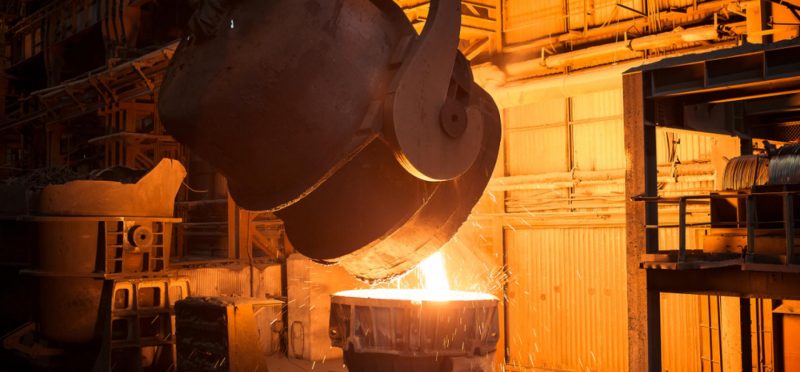
Steel Decarbonization: Driving the Transition to Net Zero
Steel accounts for 7–9% of global greenhouse gas emissions. Countries using the blast furnace/basic oxygen furnace (BF‑BOF) route emit 2.2‑2.4 tons CO₂ per ton of steel. Meanwhile, electric arc furnaces (EAF) using scrap or hydrogen‑based direct reduced iron (DRI) emit just 0.4‑0.7 tons CO₂ per ton. Nations such as the Gulf States, North Africa, and Iran already depend largely on natural gas DRI‑EAF. Others with abundant coal reserves, like China, India, Russia, Australia, and Germany, still rely heavily on BF‑BOF. This disparity shapes investment needs.
Net Zero Ambitions: Focus on Technology, Strategy, and Policy
Steelmakers follow two main decarbonization paths. First, replacing BF‑BOF with natural gas DRI‑EAF and eventually hydrogen‑DRI‑EAF. Examples include British Steel, Tata Steel UK, ArcelorMittal North America, Liberty Steel, and Interpipe. These projects cost hundreds of millions to billions USD. Second, using hydrogen injection into existing blast furnaces, a partial solution delivering up to 20% emission reductions. However, hydrogen‑based solutions face challenges: cost, infrastructure, and availability.
Steel Decarbonization Challenges and Strategic Supplier Roles
Suppliers face growing scrap demand as more EAF facilities come online. Global scrap supply remains limited, with forecasts showing EAF share rising to ~48% by 2050. Countries lacking scrap must import or develop DRI/HBI (hot briquetted iron) supply chains. Regions like Australia, Brazil, Canada, Ukraine, and the Middle East show potential as green DRI/HBI suppliers. Green hydrogen production and policy support—carbon pricing, tax incentives, emission trading systems—play critical roles in enabling this shift.
SuperMetalPrice Commentary:
Steel decarbonization has moved beyond concept. Clear winners will include low‑carbon feedstock providers, hydrogen producers, and EAF‑DRI players. Governments must reinforce policy clarity and regulatory alignment to unlock investment. Meanwhile, supply constraints for scrap and green hydrogen may bottleneck transition. Observing how carbon border mechanisms and trade policies evolve will prove key. Steel’s net zero journey demands a mix of technology, investment, and geopolitical strategy.


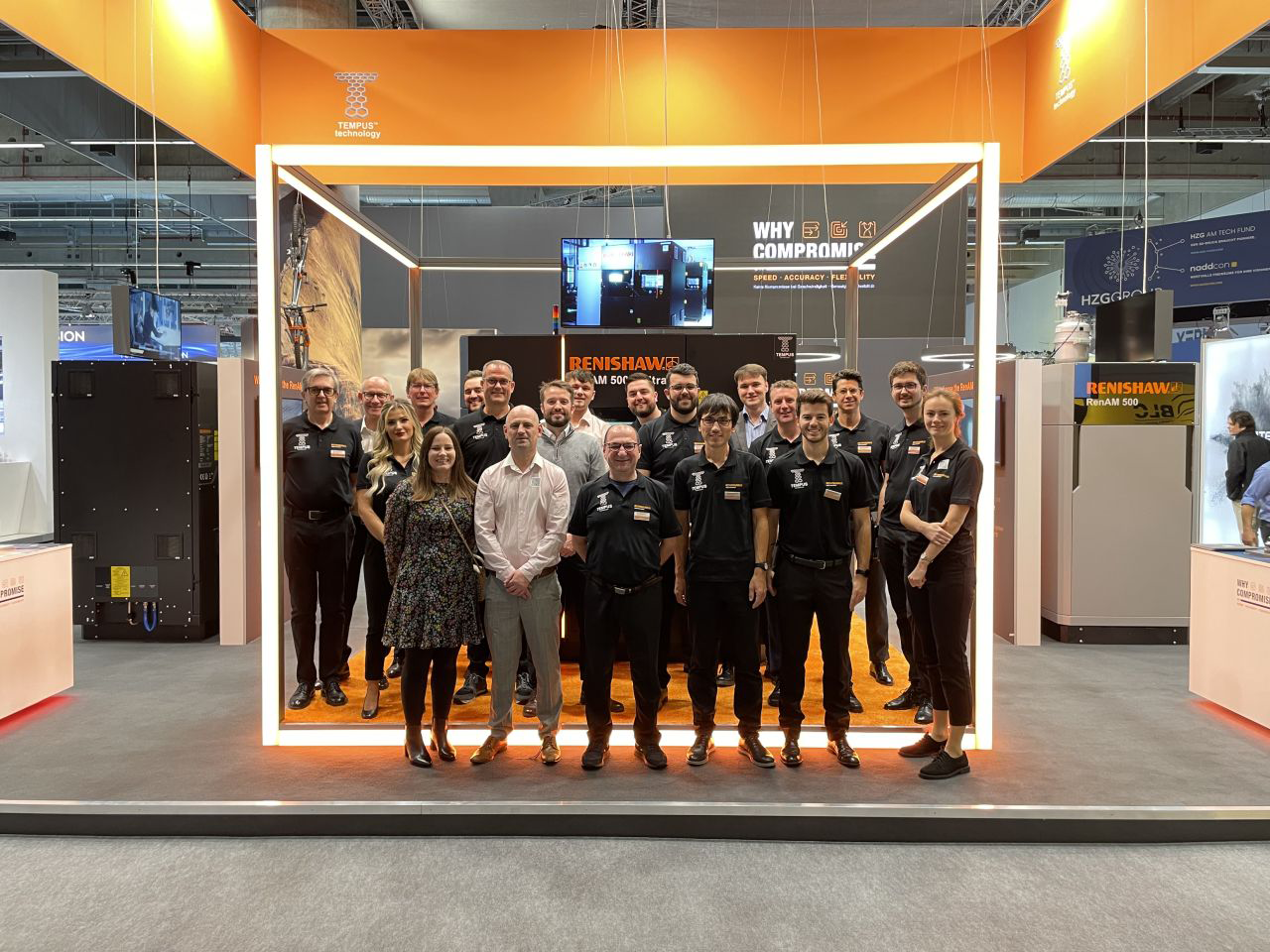
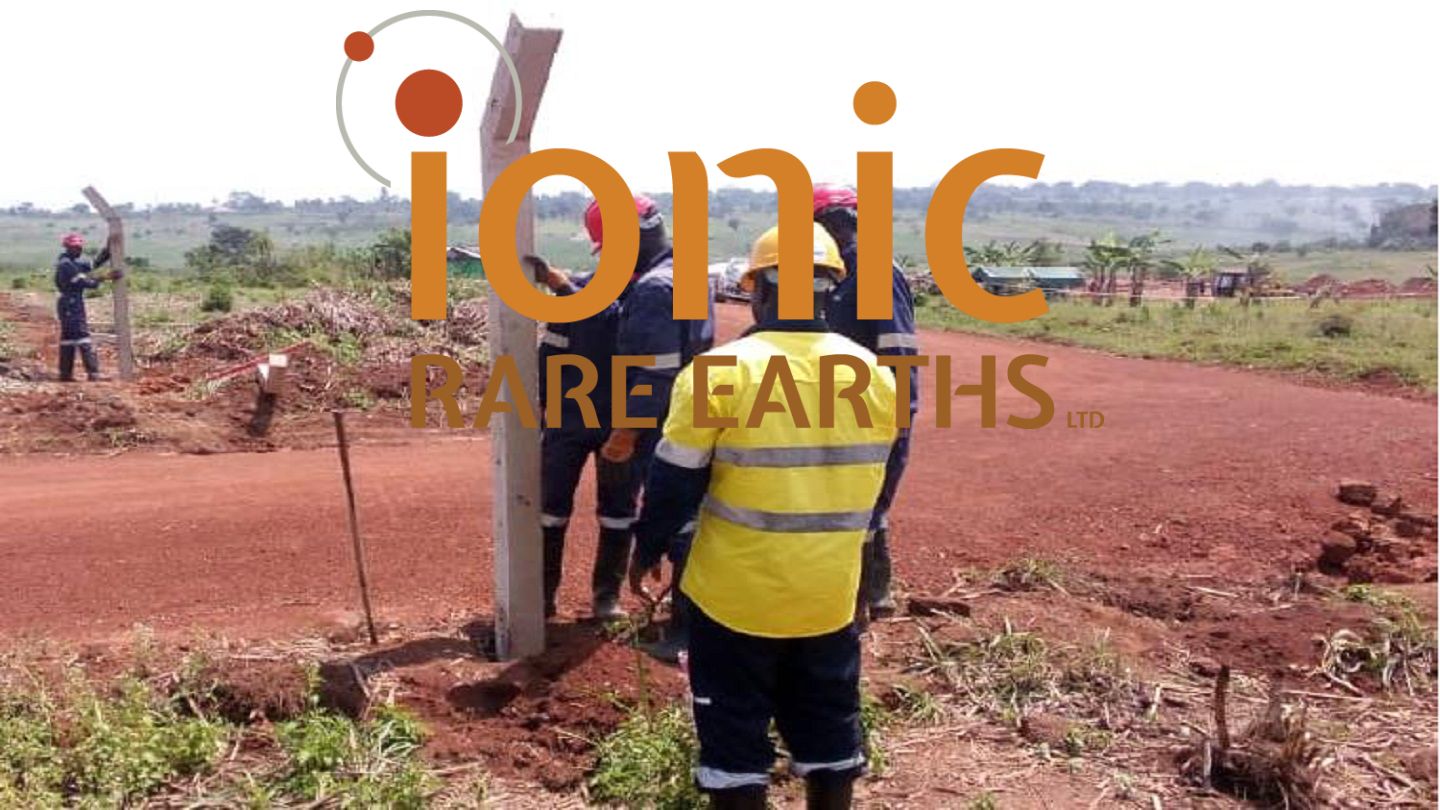
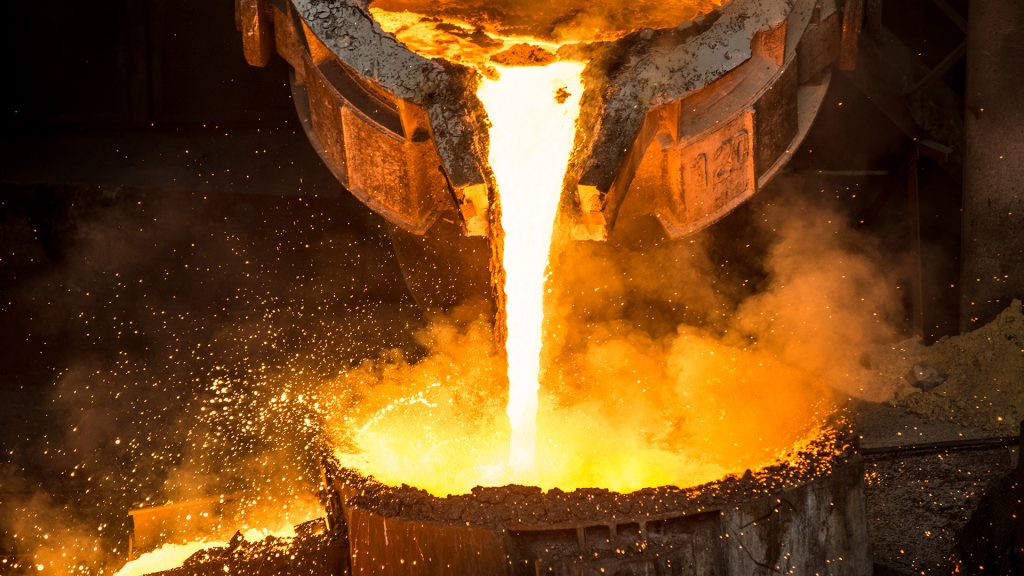


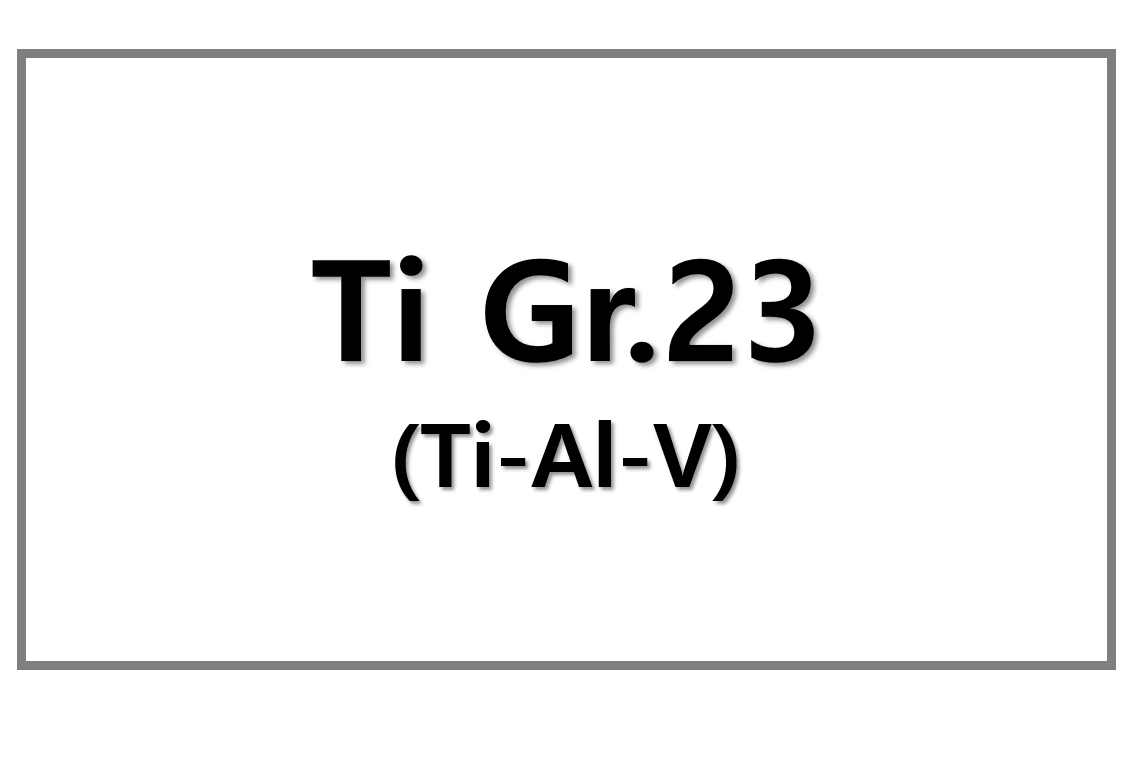
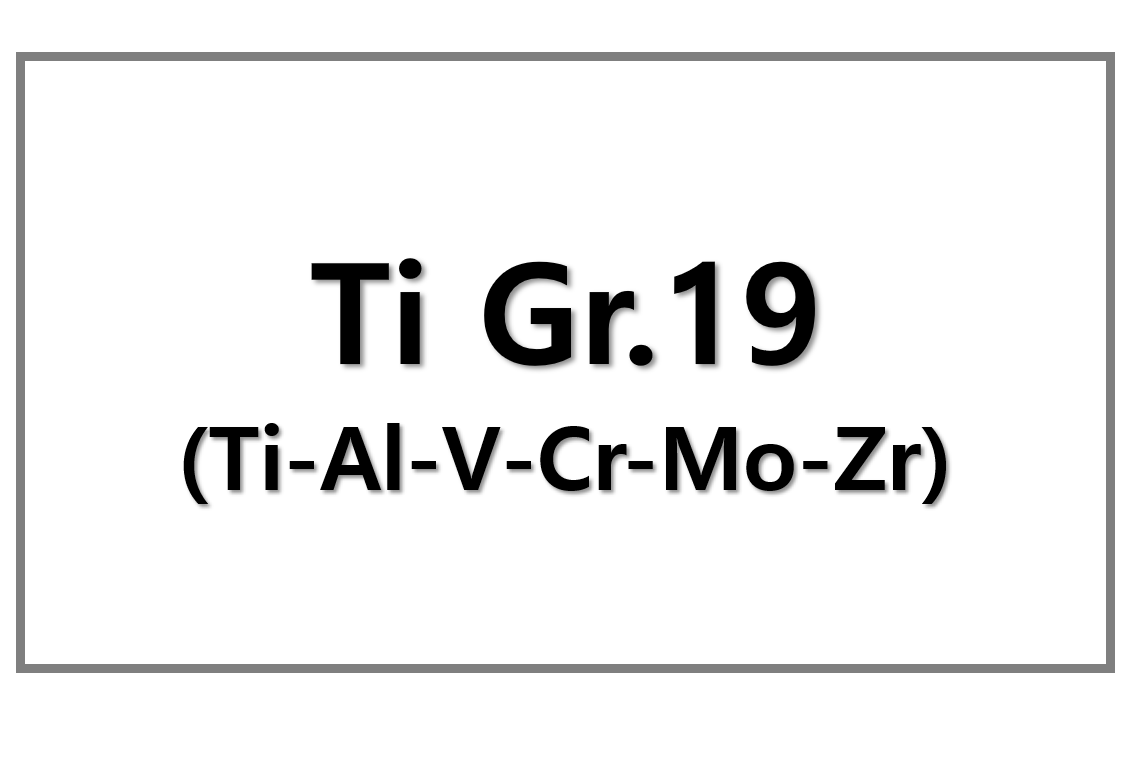
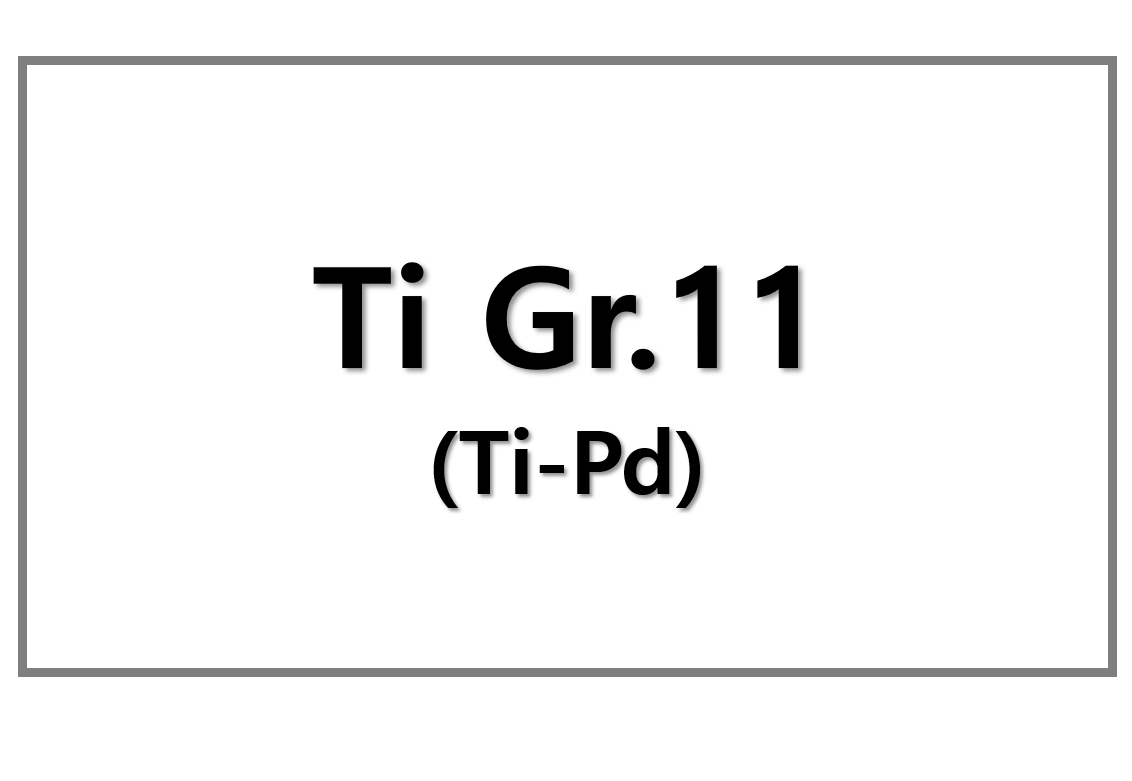
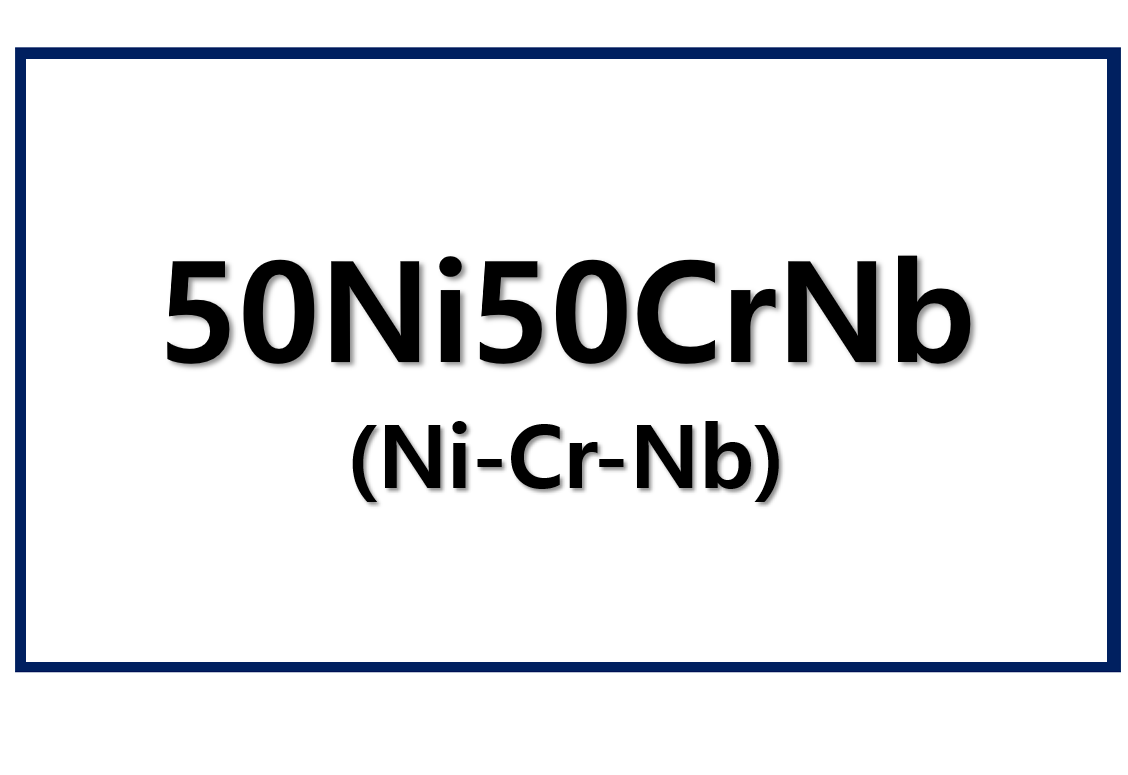
Leave a Reply
You must be logged in to post a comment.